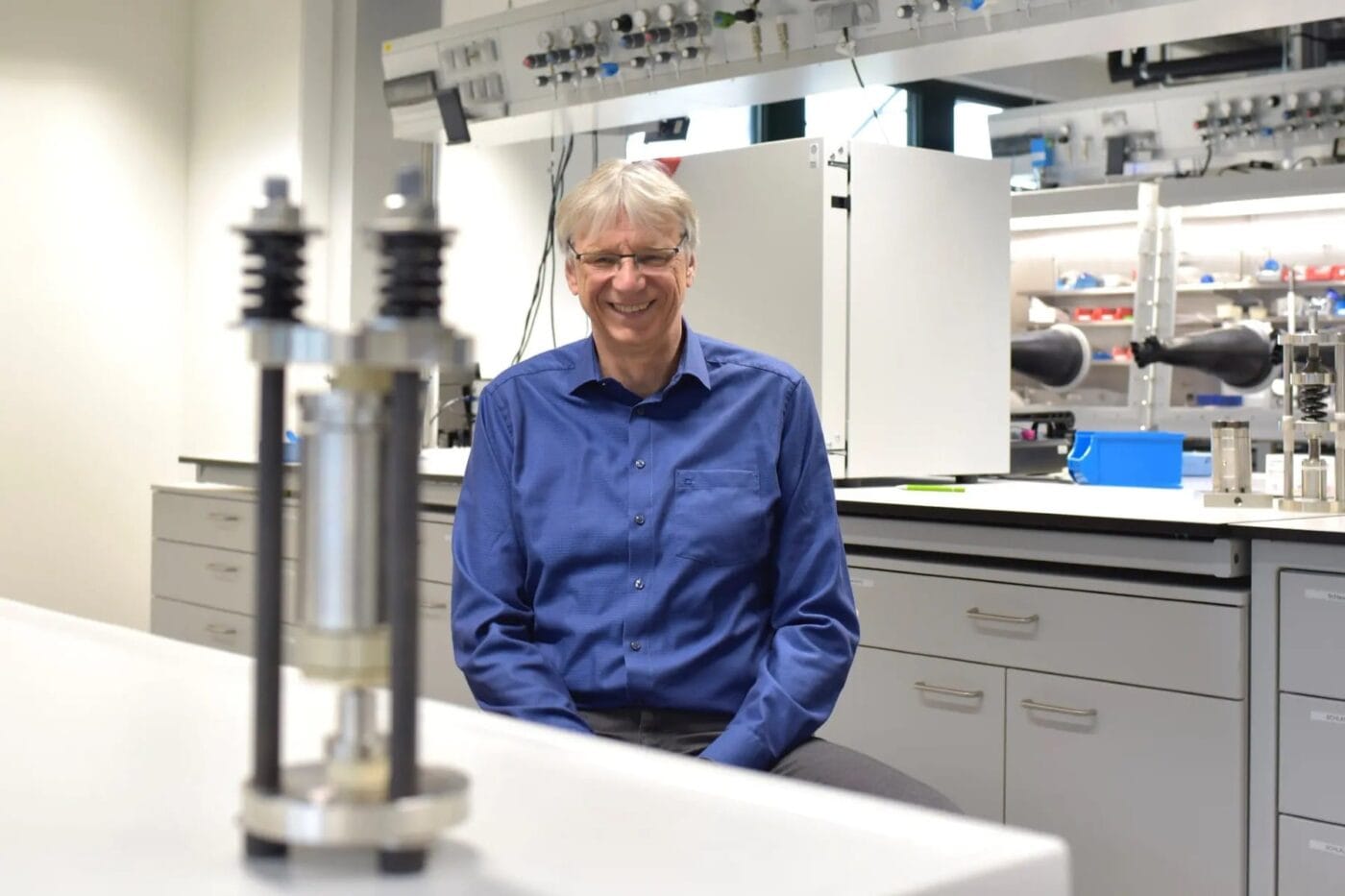Munich researchers accelerate lithium-ion diffusion in solid-state batteries
The team led by Professor Thomas F. Fässler from the Chair of Inorganic Chemistry at the Technical University of Munich, specialising in new materials, replaced some of the lithium in the lithium antimonide compound with the metal scandium. “This creates specific gaps, so-called vacancies, in the crystal lattice of the conductor material,” the researchers explain. These gaps should help the lithium ions in the solid-state batteries to move more easily and quickly. The scientists recently published the details of their findings under the title ‘Scandium Induced Structural Disorder and Vacancy Engineering in Li3Sb – Superior Ionic Conductivity in Li3-3xScxSbv’ in the journal Advanced Energy Materials.
As the lithium ion conductivity value of 30 per cent is so significantly higher than that of known materials, the Kern research team turned to the Chair of Technical Electrochemistry at the Technical University of Munich to confirm the result. Co-author Tobias Kutsch, who carried out the further tests, commented: “Because the material also conducts electricity, it presented a special challenge, and we had to adapt our measurement methods accordingly.” The results were confirmed.
Therefore, the scientists see great potential for the new material: “Our result currently represents a significant advance in basic research. By incorporating small amounts of scandium, we have uncovered a new principle that could prove to be a blueprint for other elemental combinations,” says Professor Thomas F. Fässler. However, many tests are still necessary for an application in a battery cell. “While many tests are still needed before the material can be used in battery cells, we are optimistic. Materials that conduct both ions and electrons are particularly well suited as additives in electrodes. Because of the promising practical applications, we’ve already filed a patent for our development.” According to the researchers, in addition to the higher speed, the material also offers thermal stability and should be easy to produce using proven chemical processes. Both are also important criteria for potential commercialisation.
Incidentally, the researchers have discovered a completely new class of substances with their work, as first author Jingwen Jiang, researcher at TUMint.Energy Research GmbH, emphasises: “Our combination consists of lithium-antimony, but the same concept can easily be applied to lithium-phosphorus systems. While the previous record holder relied on lithium-sulphur and required five additional elements for optimization, we only need only Scandium as an additional component. We believe that our discovery could have broader implications for enhancing conductivity in a wide range of other materials.”
TUMint.Energy Research GmbH, which is involved in the project, was founded in 2019 as a joint initiative of the Technical University of Munich and the Bavarian State Ministry of Economic Affairs. The aim of the institution is to pool TUM’s expertise in the field of solid-state batteries and thus create the basis for industrial projects. The GmbH team currently consists of around 20 scientists who are assigned to the participating TUM chairs. Legally, the GmbH is a subsidiary of TUM International GmbH.





0 Comments